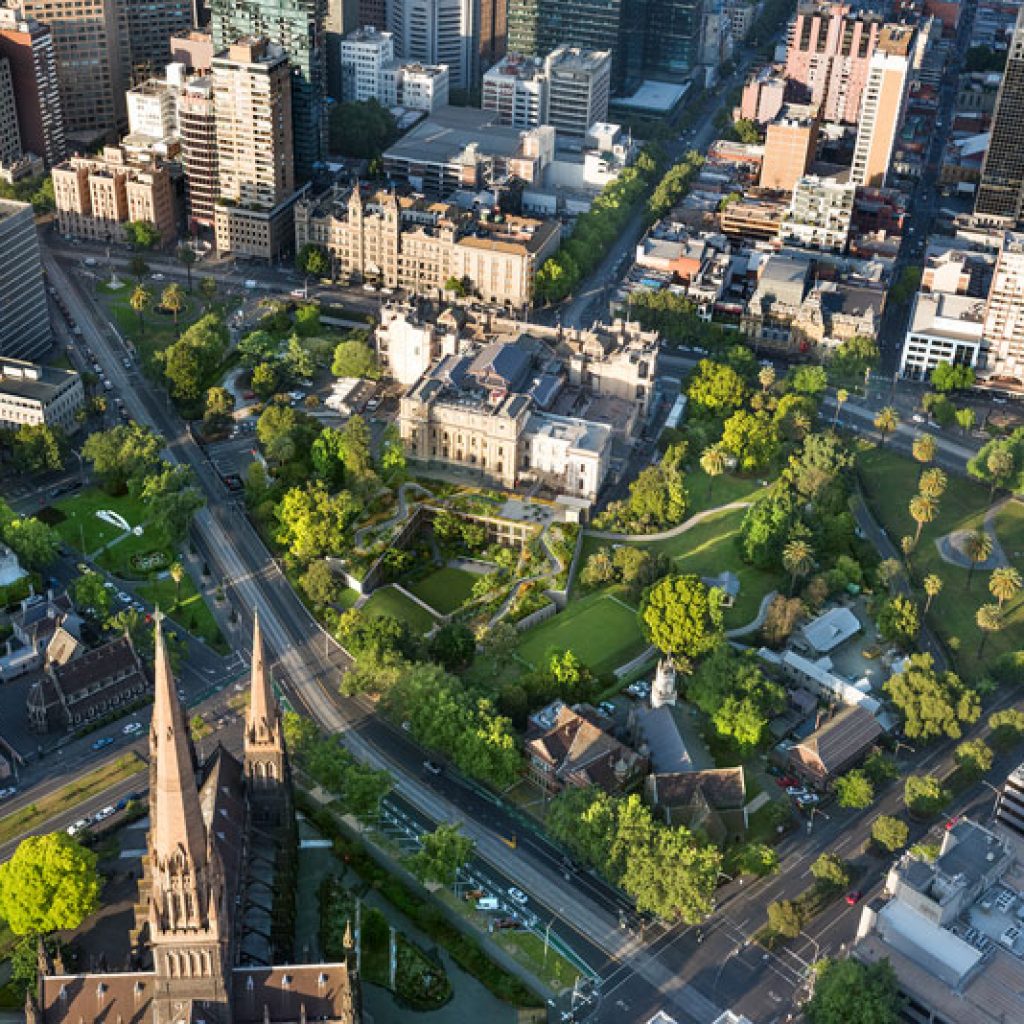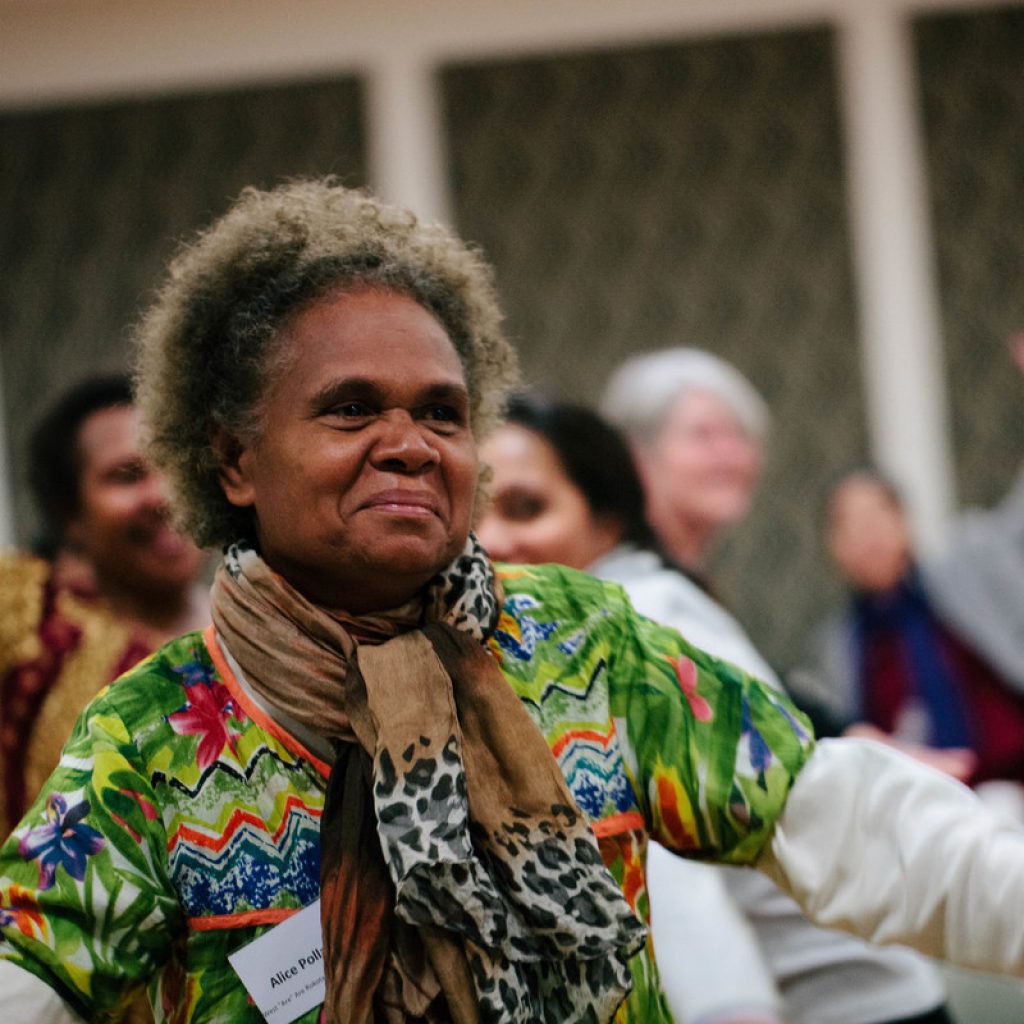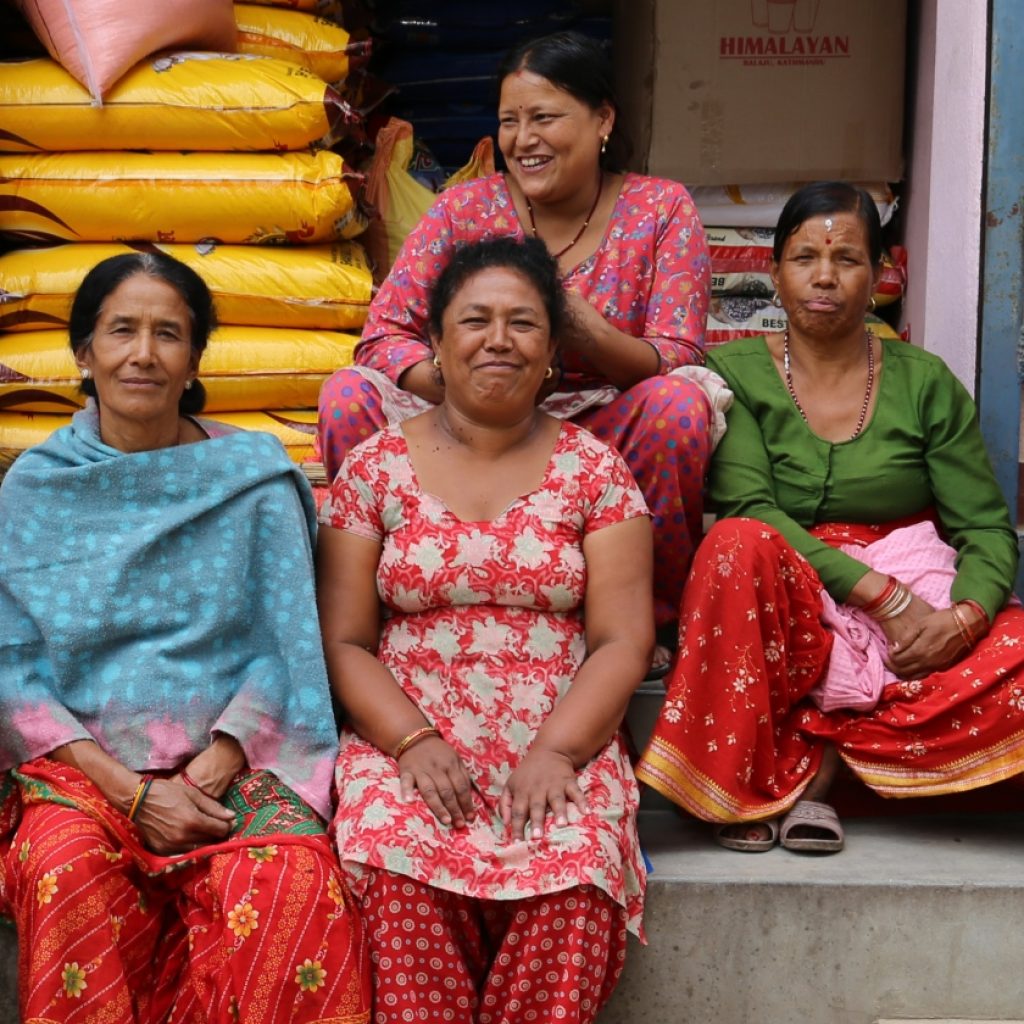
What We Learned from the latest Global Gender Gap Report

The 2018 Global Gender Gap Report was released last month and we’ve pulled out some of the key findings from the Asia Pacific region.
The Global Gender Gap Index was introduced by the World Economic Forum in 2006 as a way to capture gender-based disparities and track their progress over time.
Each year, the Global Gender Gap Report ranks almost 150 countries on their progress to gender parity. Progress in closing the gender gap between men and women in measured across four key categories:
- Economic Participation and Opportunity
- Educational Attainment
- Health and Survival
- Political Empowerment
108-year wait for gender equality
Based on current trends, the report estimates that the overall global gender gap will not close for another 108 years. In East Asia and the Pacific, that wait increases to 171 years if current rates of gender-based disparities continue. But this doesn’t have to be the case.
“While these estimates reflect the pace observed to date towards achieving gender parity, policy-makers and other stakeholders can fast forward this process and should take stronger actions in the years to come,” the report said.
“There is a strong imperative to do so, in terms of justice and greater social equality as well as the economic returns of a broader base of diverse human capital.”
Closing the Gender Gap in East Asia and the Pacific: Key updates from the 2018 report
- The East Asia and the Pacific region sits in the middle of the range of the Global Gender Gap Index.
- In general, the East Asia and the Pacific region has relatively high number of women participating in the labour force, which results in a comparatively high regional average for Economic Participation and Opportunity.
- In the Pacific region, Fiji (ranked 106) rose several ranks due to a narrowing of its gender gap across Economic Participation and Opportunity.
- Timor-Leste (ranked 124) takes the bottom spot in the East Asia and the Pacific region. The country has closed its gender gap in primary and secondary education and performs well with regard to share of female members of parliament, which has improved. However, a significant gender gap remains for Economic Participation and Opportunity.
- Cambodia (ranked 93) rose several ranks on the back of narrowing gender gaps across Economic Participation and Opportunity and Educational Attainment, specifically with regard to professional and technical workers and basic literacy.
- Myanmar (ranked 88) moved down several ranks after entering the Global Gender Gap Index for the first time last year. However, the country narrowed the gender gap in estimated earned income for the year.
Change is happening
The report says that the most challenging gender gaps to close are Economic Participation and Opportunity and Political Empowerment.
In the Solomon Islands, IWDA is working with partner organisation West ‘Are’Are Rokotanikeni Association (WARA) to bring women together in savings clubs that provide women with a safe and secure place to store their money, as well as opportunities to learn to budget for household items. The WARA women’s savings club model was the first to be implemented in Solomon Islands, a country where twice as many men than women make the financial decisions for their families.
Read more here: https://iwda.org.au/these-savings-clubs-are-changing-womens-lives/
IWDA is also partnering with organisations across the Asia Pacific region to increase women’s political empowerment through the Our Voice campaign. Our Voice is a joint advocacy campaign working to increase the representation and effective participation of women, with a broad commitment to gender equality and women’s rights, in decision-making at all local levels across Asia and the Pacific.
Read more here: https://iwda.org.au/2018-the-year-of-raising-our-voice/


